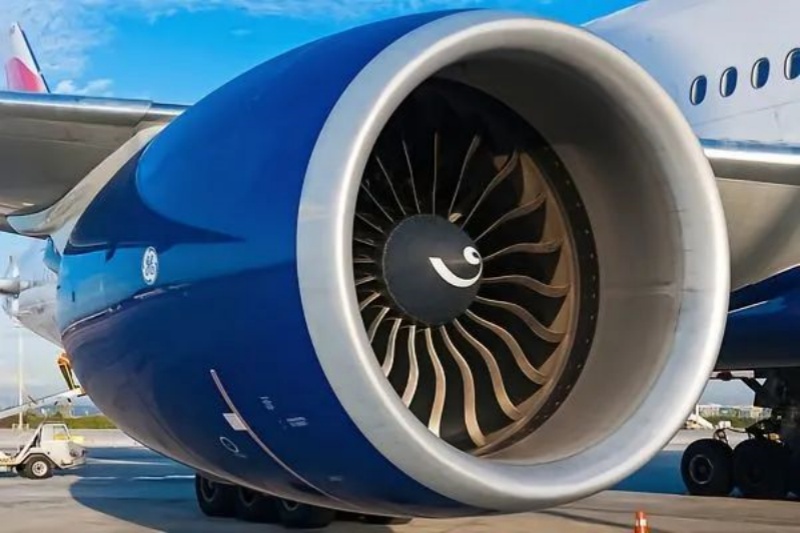What are aircraft alloys?

Aerospace metal materials refer to metals and their alloys specifically used in the aerospace field. These materials must meet stringent performance requirements to ensure reliability and safety in extreme environments. The main characteristics of aerospace metal materials include high strength, low density, high temperature resistance, corrosion resistance, and good workability. Among these, aluminum alloys account for approximately 50% to 70% of the materials used in aircraft, magnesium alloys account for about 5% to 10%, and the proportion of titanium alloys used in modern aircraft is increasing.
1,Aluminum alloy
Aluminum (face-centered cubic structure) is a lightweight metal with a low density (ρ=2.7g/cm³), about one-third that of iron, and a low melting point (660°C). It has high plasticity (δ:32~40%,ψ:70~90%), making it easy to process into various profiles and sheets. Aluminum also has excellent corrosion resistance. However, pure aluminum has very low strength, with an annealed state σb value of about 8 kgf/mm², making it unsuitable as a structural material. Through long-term production practices and scientific experiments, alloying elements have been added and heat treatment methods have been employed to strengthen aluminum, resulting in a series of aluminum alloys.
Aluminum alloys have a low density and relatively high strength, approaching or exceeding that of high-quality steel. They have good plasticity and can be processed into various profiles. Aluminum alloys also have excellent electrical conductivity, thermal conductivity, and corrosion resistance. These properties make them widely used in mechanical manufacturing, transportation machinery, power machinery, and the aerospace industry. Aircraft fuselages, skins, and compressors are often made of aluminum alloys to reduce weight. Using aluminum alloys instead of steel plates in welding can reduce the structural weight by more than 50%.
2,Titanium alloy
Titanium is also a lightweight metal, with a specific gravity of around 4.5. It is heavier than aluminum but has very high strength and is highly resistant to high temperatures, with a melting point of over 1660°C, making it an ideal material for aircraft manufacturing. Titanium alloys are commonly used in aircraft engines, bulletproof parts, reinforced sections, combustion chambers, turbine shafts, turbine discs, and nozzles.
Titanium is an important structural metal that developed in the 1950s. Due to its high strength, good corrosion resistance, and high heat resistance, titanium alloys are widely used in various fields. Many countries around the world recognize the importance of titanium alloy materials and have conducted research and development, leading to practical applications. In the 1950s and 1960s, the focus was on developing high-temperature titanium alloys for aircraft engines and structural titanium alloys for airframes. In the 1970s, a series of corrosion-resistant titanium alloys were developed, and since the 1980s, both corrosion-resistant and high-strength titanium alloys have seen further development. Titanium alloys are mainly used to manufacture aircraft engines and compressor components, and also for structural parts of rockets, missiles, and high-speed aircraft.
3,Magnesium alloy
Magnesium is the lightest practical metal, with a specific gravity of about 2/3 that of aluminum and 1/4 that of iron, approximately 2.1-2.3. It has a melting point of around 300°C and possesses high strength and high rigidity. It is mainly used to manufacture non-load-bearing components and housings, such as various valve housings and oil pump housings.
Magnesium alloys are composed of magnesium as the base element with the addition of other elements. Their characteristics include low density (around 1.8g/cm³), high specific strength, high modulus of elasticity, good heat dissipation, excellent vibration damping, greater impact load resistance than aluminum alloys, and good corrosion resistance to organic substances and alkalis. The main alloying elements include aluminum, zinc, manganese, cerium, thorium, and small amounts of zirconium or cadmium. Currently, the most widely used are magnesium-aluminum alloys, followed by magnesium-manganese alloys and magnesium-zinc-zirconium alloys. These alloys are primarily used in the aerospace, aviation, transportation, chemical, and rocket industries to manufacture low-load-bearing parts.
Magnesium alloys oxidize and corrode easily in humid air, so parts need to undergo chemical treatment or painting before use. Magnesium alloys have a high vibration resistance, absorbing significant energy under impact loads, and they also have good heat absorption properties, making them ideal for manufacturing aircraft wheel hubs. Magnesium alloys are stable in gasoline, kerosene, and lubricating oil, making them suitable for manufacturing engine gearboxes, oil pumps, and oil pipes. Additionally, due to the low inertia force generated during rotational and reciprocating motion, they are used to make moving parts such as rocker arms, flaps, hatches, and control surfaces.